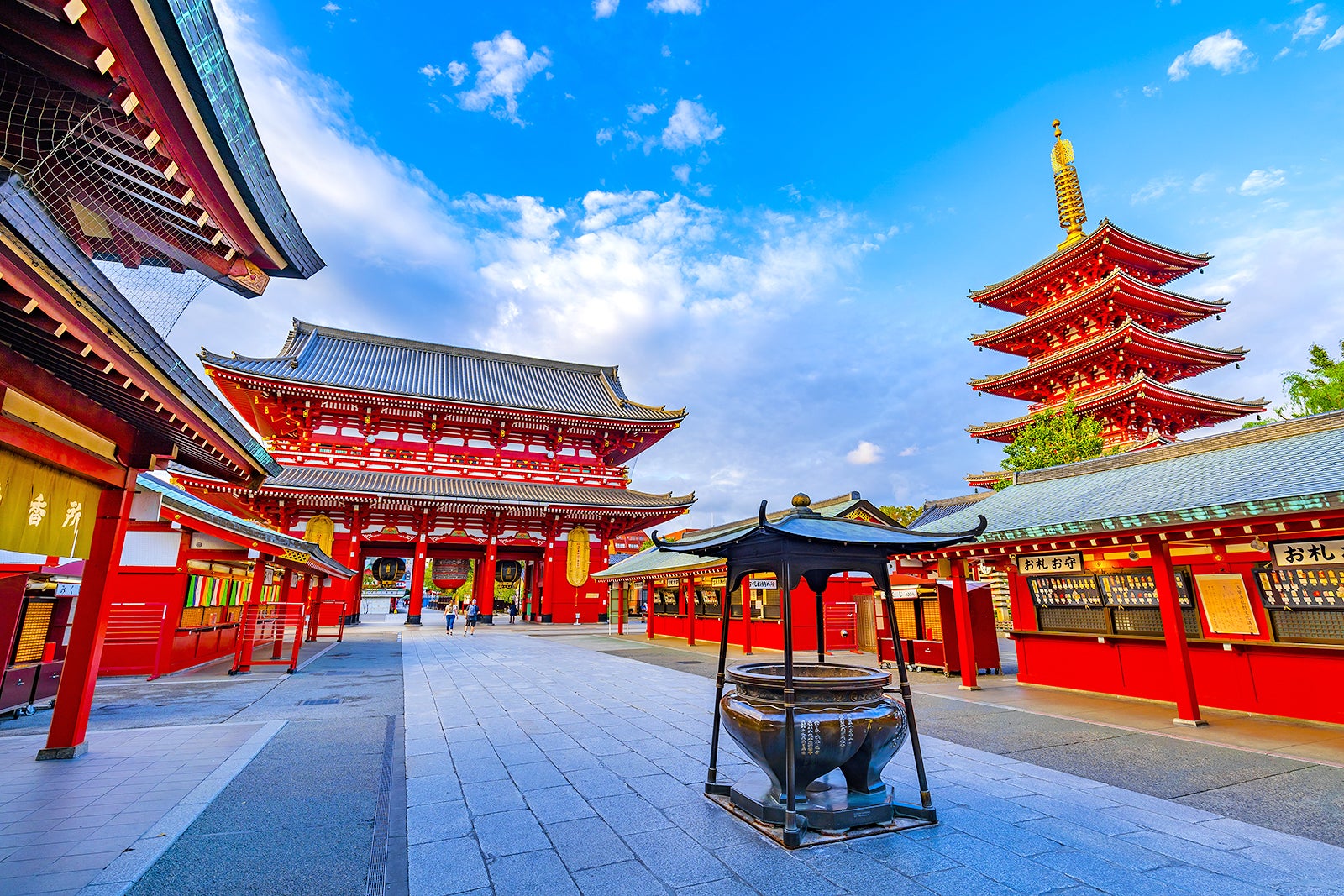
Nestled within the serene landscapes of Japan, Shinto shrines stand as timeless guardians of the nation’s spiritual heritage. These sacred spaces evoke a sense of peace and connection to nature, inviting visitors to pause and reflect amidst the hustle of modern life. With their distinctive torii gates marking the transition to holy ground, Shinto shrines embody the seamless intertwining of the divine and the everyday, making them a cherished aspect of Japanese culture.
As we explore the enigmatic world of Shinto shrines in Japan, we discover not only their architectural beauty but also the rich traditions and rituals that breathe life into these sacred sites. Each shrine tells its own story, reflecting the history and beliefs of the local community while also inviting travelers to experience a glimpse of Japan’s spiritual landscape. From the tranquil paths winding through ancient forests to the vibrant festivals that animate these spaces, Shinto shrines offer a unique perspective on the interplay between the human spirit and the divine.
History of Shinto Shrines
The origins of Shinto shrines in Japan can be traced back to ancient times, long before the arrival of Buddhism in the country. Initially, these shrines were simple structures, often constructed in natural settings such as mountains or forests, where natural elements were worshipped as manifestations of the divine. The close relationship between nature and spirituality remains a central theme in Shinto practices, reflecting the reverence for kami, the spirits believed to inhabit these sacred places.
As Japan evolved, so did its religious practices. During the Heian period, from the 8th to the 12th centuries, Shinto shrines began to formalize their architecture and rituals. This period saw the development of distinct shrine styles, such as the use of thatched roofs and wooden structures, which would influence shrine design for centuries to come. The introduction of kami worship into the imperial court further legitimized Shinto as an essential aspect of Japanese identity and culture.
The Meiji Restoration in the 19th century marked a significant turning point for Shinto shrines in Japan. The government sought to promote Shinto as a state religion, leading to the construction and restoration of many shrines across the nation. This initiative reflected a desire to unify the country under a common religious and cultural framework. Today, Shinto shrines continue to play a vital role in Japanese society, serving not only as places of worship but also as custodians of the nation’s history and traditions.
Architectural Elements
The architectural style of Shinto shrines in Japan is both unique and deeply symbolic, reflecting the spirituality of the Shinto tradition. One of the most distinctive features is the torii gate, which serves as an entrance to the shrine grounds. This gate marks the transition from the secular world to a sacred space, symbolizing purification and the presence of kami, the spirits worshiped in Shinto. Typically constructed from wood or stone, torii gates can vary in size and design, but they all convey a sense of respect and reverence for the divine.
Another prominent element is the honden, or main hall, where the kami is enshrined. The design of the honden often incorporates natural materials, aligning with Shinto’s emphasis on harmony with nature. These structures typically feature a thatched or tiled roof, raised off the ground, which not only protects the structure but also symbolizes the separation between the sacred and the mundane. Some honden are adorned with intricate carvings or metalwork, showcasing the craftsmanship and dedication of those who built and maintain the shrine.
Additionally, Shinto shrines often include a variety of other structures and features that enhance the spiritual experience. These may include a haiden, or hall of worship, where visitors can offer prayers, as well as offerings boxes and purification troughs for ritual cleansing. The arrangement of these elements is usually designed to create a tranquil atmosphere, and the surrounding landscape is often integrated into the shrine’s design. This connection to nature emphasizes the Shinto belief in the sacredness of the natural world and enriches the visitor’s experience at these enigmatic sites.
Spiritual Significance
Shinto shrines in Japan serve as profound symbols of the relationship between the physical and spiritual worlds. Each shrine is dedicated to kami, or divine spirits, which can be anything from natural elements like trees and rivers to ancestral spirits. This connection is central to the Shinto belief system, emphasizing the importance of nature and the spiritual energy that resides within it. Visitors often engage in rituals such as purification and offerings to honor these kami, which facilitates a deeper communion with the divine.
The architectural design of shinto shrines in japan further underscores their spiritual significance. Constructed with sacred materials, these sites are carefully oriented to harmonize with their surroundings, often featuring elements such as torii gates that symbolize the threshold between the ordinary and the sacred. The serene ambiance created by the natural landscape surrounding these shrines enhances the sense of sacredness, inviting contemplation and reflection. This harmonious blend of architecture and nature reinforces the idea that spirituality permeates every aspect of life.
Additionally, shinto shrines in japan function as communal spaces where rituals and festivals foster a sense of community among the worshippers. Events such as Matsuri, which are celebrated at various shrines throughout the year, not only pay homage to the kami but also strengthen social bonds among participants. These gatherings create a shared experience that nourishes both personal faith and collective identity, illustrating how deeply intertwined spirituality is within Japanese culture. Each shrine stands not just as a place of worship but as a thriving hub of cultural heritage and community spirit.
Visiting Iconic Shrines
When exploring the rich tapestry of Shinto shrines in Japan, a visit to Meiji Shrine in Tokyo is a must. Nestled within a tranquil forested area, this shrine honors Emperor Meiji and Empress Shoken. The serene atmosphere makes it an ideal escape from the bustling city, where visitors can witness traditional ceremonies, partake in fortune-telling, and enjoy the harmonious blend of nature and spirituality.
神社めぐり
Another remarkable site is Fushimi Inari Taisha in Kyoto, renowned for its thousands of vermilion torii gates that wind their way up Mount Inari. This shrine is dedicated to Inari, the kami of rice and agriculture. Walking through the vibrant gates, visitors not only experience breathtaking views but also engage in the spiritual significance of the shrine, which emphasizes the importance of rice in Japanese culture and its connection to prosperity and growth.
Lastly, no exploration of Shinto shrines in Japan would be complete without a visit to Itsukushima Shrine on Miyajima Island. This iconic shrine is famous for its floating torii gate, which appears to rise from the sea at high tide. The picturesque setting and the shrine’s striking architecture bring together the elements of nature and spirituality, making it a breathtaking location to reflect and appreciate the beauty of Shinto traditions.


